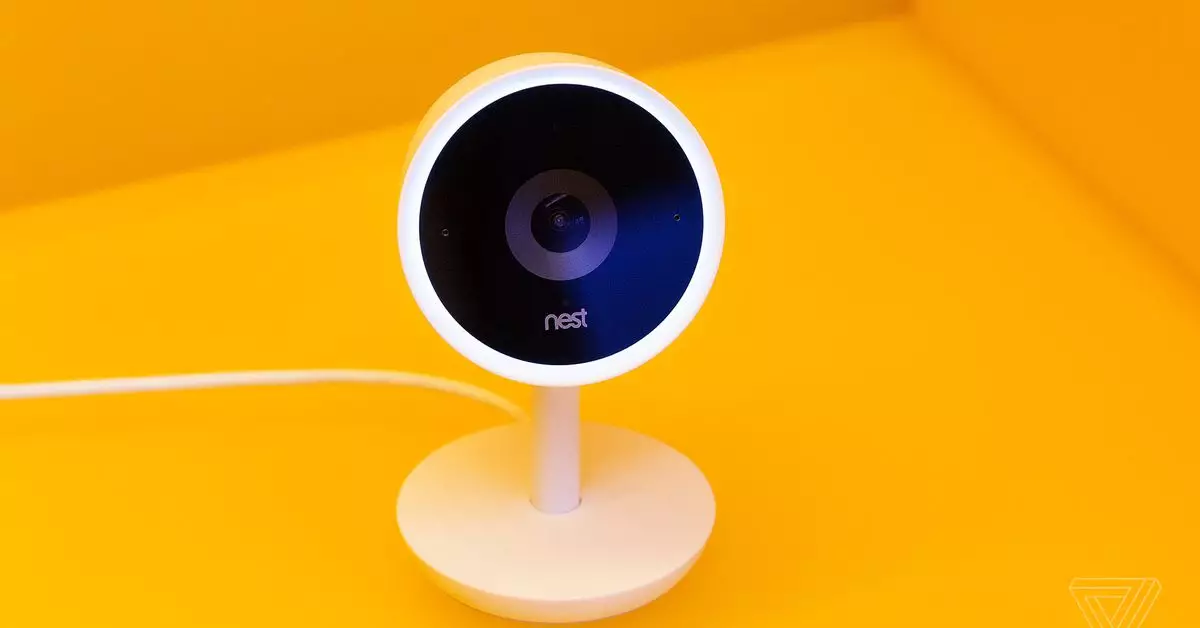In an age where smart home technology is proliferating, Google has made significant strides toward unifying its product ecosystem. Recently, the tech giant announced the public preview of the Google Home app’s ability to manage Nest Cam IQ indoor and outdoor cameras. This move signifies a shift in how users can interact with their devices, promising enhanced convenience and functionality by minimizing app switching.
The integration of Nest cameras into the Google Home app marks a noteworthy development in the user experience. By allowing users to manage all Nest cameras within a single application, Google enables features such as video history reviews in both event and timeline views, in addition to camera settings access. This consolidation not only simplifies the user interface but also enhances the overall experience by fostering a more coherent smart home management system. Users can seamlessly view live streams from their favorite cameras and set up automations with greater ease.
This shift is particularly beneficial for those who own multiple Nest products, as it eliminates the cumbersome task of juggling between different apps—a leading frustration among smart home users. Google’s decision to allow users to switch back from the Home app to the Nest app proves that they are also considering flexibility and user control, which is a commendable aspect of this initiative.
Google has strategically chosen to roll out this feature gradually. Users enrolled in the public preview will find instructions within both the Nest and Home apps to facilitate the transfer process. It is a clever tactic to generate interest and gather feedback from early adopters, which can help shape further developments and adjustments as they move forward. Although already well integrated into the Google ecosystem, Nest devices will continue to receive support through the existing Nest app, ensuring users are not left behind during this transition.
It’s worth noting that, apart from managing Nest Cam IQ devices, users can also control Nest Hub Max devices through the Home app. However, unlike the cameras, these devices cannot be transferred back to the Nest app, indicating a strategic exclusivity that might pressure users to adapt fully to the new system.
Current functionality limitations within the Home app, such as the inability to manage Nest Protect and Nest x Yale door locks, suggest room for further enhancements. More comprehensive integration could lead to a more robust smart home interface, potentially making the Home app the default platform for all Google Nest and smart home interactions.
Google’s initiative to unify the management of Nest cameras through the Home app not only enhances user experience but also sets the stage for a more cohesive smart home environment. As technology continues to advance, it is evident that simplification and integration will play crucial roles in shaping the future of smart home technology. While these recent changes show promise, they also highlight the importance of ongoing support and user feedback to refine these systems further.


Leave a Reply